
SHILLONG, SEPT 22: Rupa Rani Sonowal has been awarded the degree of Doctor of Philosophy (Ph.D) by the Assam University for her thesis on the “Origin and development of Press in Meghalaya.”
Rupa did her thesis from Assam University in Silchar under the guidance of Prof (Dr) GP Pandey, who is the head of department of Mass Communication in Assam University. The degree will be formally conferred on her at the next convocation of the university.
In her thesis, Sonowal has painstakingly traced the history of journalism in Meghalaya right from 1880 during the British era to the present day when technology has changed newspapers and also the way news are covered and disseminated.- By Our Reporter
Following is a brief of her thesis:
Preface
Press have grown with civilization. Many researchers have studied its role in development, or modernization of a society, which has been a topic of great interest particularly after the Second World War. This proposed study is an attempt to record and explore the historical evolution of the press in Meghalaya. The historical experiences and documents preserved with personalities and official establishment of press or otherwise is the root of the information of the study. The factors that lead to origin and development of press which influenced its role in the construction of contemporary society of Meghalaya.
In Meghalaya or for that matter North East India as a whole is relatively young member of the modern Indian map. The British rule has been the principle cause of present status of territorial geo-politics of this region. The origin and development of Meghalaya as may be evident from the historical evolution of press.
Press in Meghalaya
Journalism in Meghalaya through the print media has come a very long way since 1880. It has evolved both in terms of technology and news and views representation, leaving a trail of footprints and recorded memories of important events as time passes by.
Absence of state’s own script, led to the adoption of the script of the neighbours like the Assamese, Bengalis, Persians and Devanagiris into the literature and education system in Meghalaya. Following which, the Christian missionaries had brought in the first newspaper in the Garo language, ‘Achikni Ripeng’ (Friends of the Garos) in 1880. For a year the newspaper was in a handwritten form with the Bengali script. While in the Khasi Hills, the first Khasi newspaper was established in December 1889, ‘U Nongkit Khubor’ (The Messenger) under the editorship of William William. This quarterly was printed in Roman script from the Star press of Calcutta which was also the official organ of Welsh Presbyterian Missionary. The newspapers during that time gave more emphasis to the cultural orientation which preserves their own background against the new transition. The cultural awakening first marked itself in journalism before it could reach to the other fields of literature. Another newspaper which had a landmark in the history of journalism in Meghalaya is the secular newspaper, ‘U Nongphira’ (Guardian). The paper was banned by the British administration after the First World War in 1914, as the newspaper published news story against the British Raj. But this did not prevent the paper to serve the people with their unbiased news information giving wide coverage of the struggle for Independence. The paper fall into the rage of British and finally was blacklisted. However the editor brought out another newspaper ‘U Nongpynim’ in 1928 to continue with his mission to disseminate the truth.
After independence, the issue of Assamese language which was to implement to the Hill people of the region evoked strong opposing. Consequently, there was augmentation of newspapers where many dies and few still survived. The newspaper includes news on the issue related to the movements rather than anything of social, educational and economic reconstruction or the welfare. When Meghalaya got its statehood in 1972, many political parties brought out their own newspapers which therefore change the trend of journalism. Few among them are ‘U Nongsain Hima’ (The Nation Builder), U Pyrman’ (Watchdog), ‘U Pyrta ‘Riewlum’ (The call of the Hills) that had given more emphasis on the hills’ movement and based their articles describing about the developments of the movement and also included articles on the techniques of newspapers, local environmental issues, literature etc.
The growth of literacy and education had further helped in the development of print journalism. These developments are therefore important in the efforts being made by these newspapers in throwing open to readers, the variations and vocabulary that can be incorporated and further used in the development and enriching of the indigenous language of the state which is the lingua France of the people of Khasi, Jaintia and Garo.
There is a wide variety of publications in different languages which includes Khasi, Jaintia, Garo, English, Hindi, and Bengali which are serving the people of the region with news and information. In Meghalaya publications like ‘The Shillong Times’, ‘Mawphor’, ‘Achik Songbad’, ‘Meghalaya Guardian’, ‘The Meghalaya Times’ and ‘U Jaintia’ and magazines like ‘Eastern Panorama’, ‘TNT’, ‘U Lur Phira’ have a good circulation record in the region. In, Meghalaya newspapers from outside the state were also brought in daily for the circulation. With the availability of different newspapers, the people are exposed to the variant critical and independent point of views.
The current scenario is that the Meghalaya has 80816 numbers of newspapers circulated on a daily basis (source: Audit bureau of circulation). Accordingly, there are about 67 publications (Source: RNI) running in the region which comprise of dailies, weeklies, bi-weeklies, monthlies, fortnightlies etc. While looking into circulation rate of the language newspapers in the state, the daily circulation of English newspaper in Meghalaya has been rated at 55.87% which is the highest among the other regional language newspapers. Following which is the Khasi with 34.49% and the least number of newspapers that has been circulating in the state of Meghalaya is the Bengali newspaper with the rating of 0.51%. (Source : Audit Bureau of circulation)
Most of the daily newspapers today have more or less detached themselves from being voices to political parties; rather they have opted to voice the opinion of the people. Besides, there is the trend of sensationalise news like crimes, accidents etc which the reader are interested to read about.
The technology development has changed the media scenario and even the mode of news coverage in Meghalaya. This development had taken in the printing, contents, and reporting of the event. Beside, a recent trend of online news portal had also taken place in the state, as the news of recent events is updated in the websites which can be accessed from every corner of the world. The state’s first online news website, ‘Oh! Meghalaya’ provided the people of the region with latest and updated news in real time.
Nevertheless, lack of investment in the newspaper industry in Meghalaya had hampered its growth. Beside the Government advertisement, there are no big companies and industries that provide revenue to the publishing houses. There is a high requirement of the change in the advertising policy of the Government of Meghalaya. The execution of better advertisement policy would therefore change the press scenario.

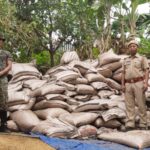







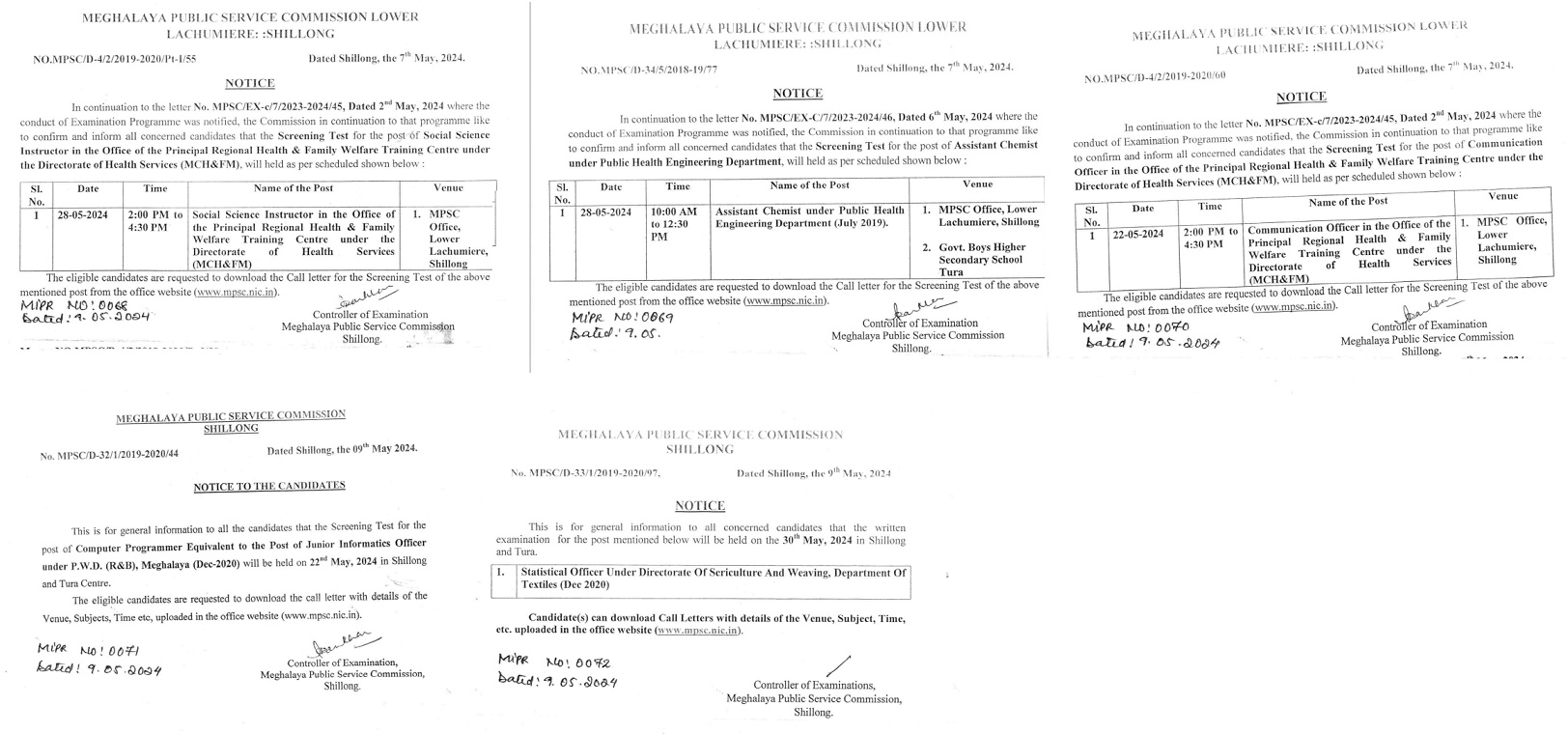


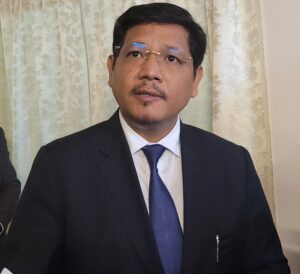

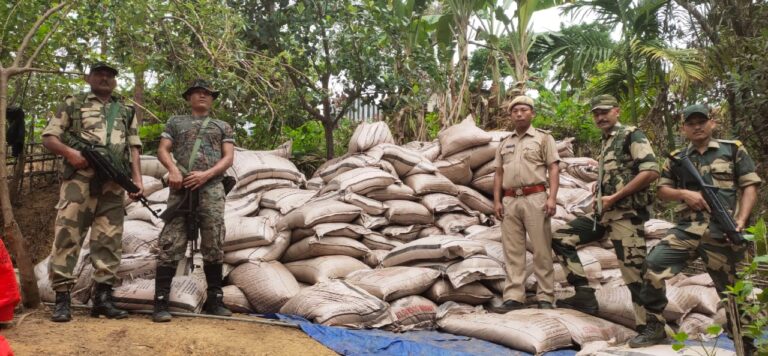
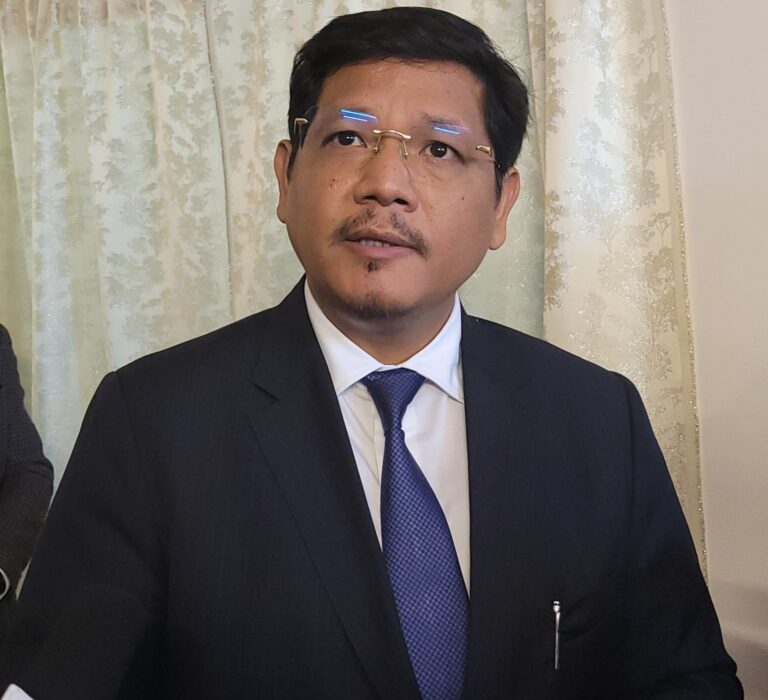
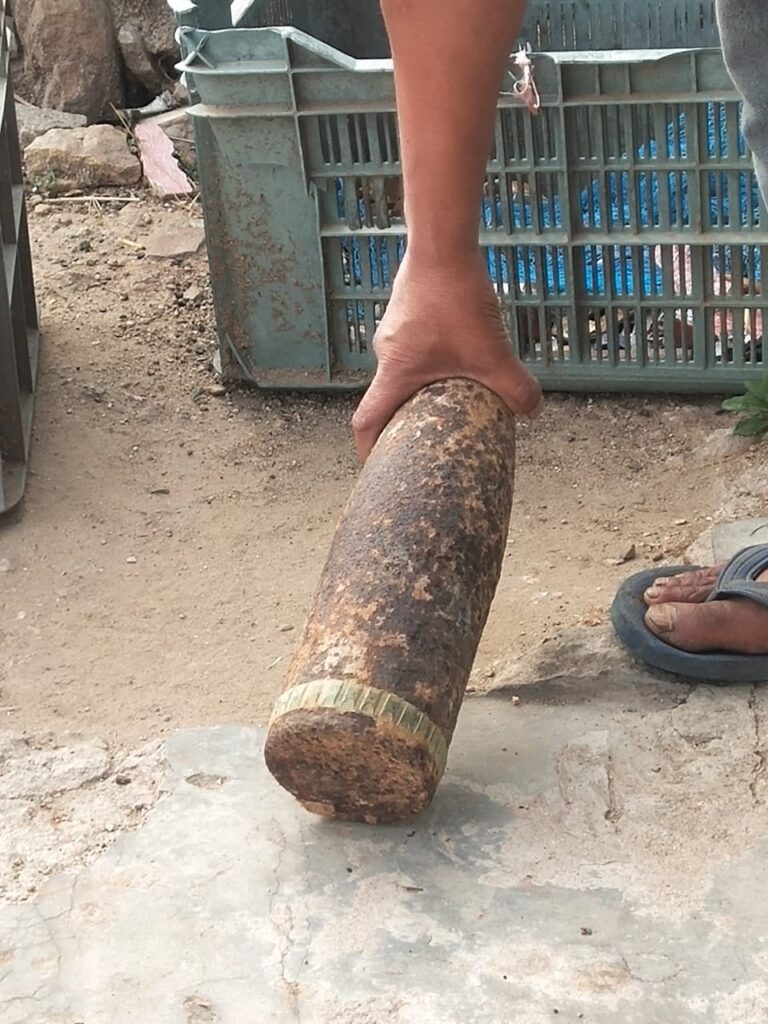

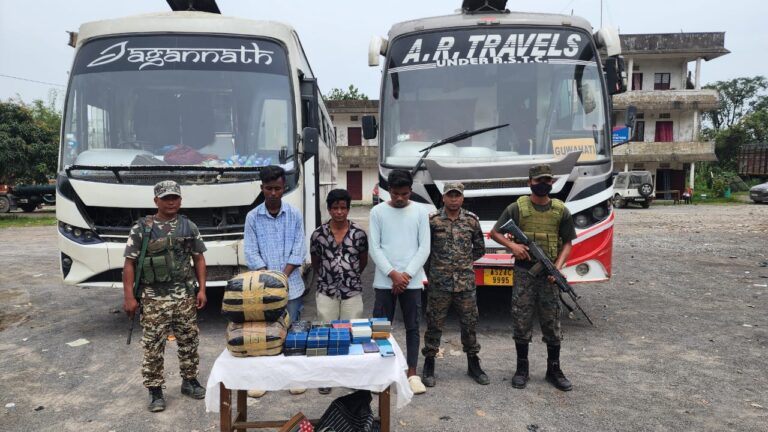

Very good insights about the evolution of Print Media. However it has to grow to the next level. Wake Up!